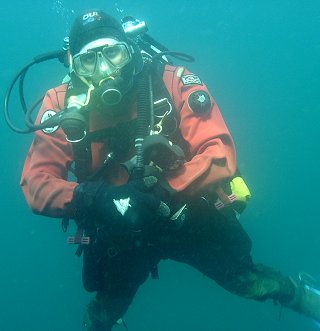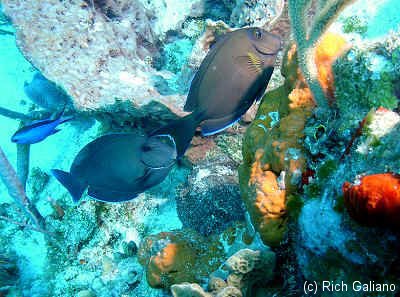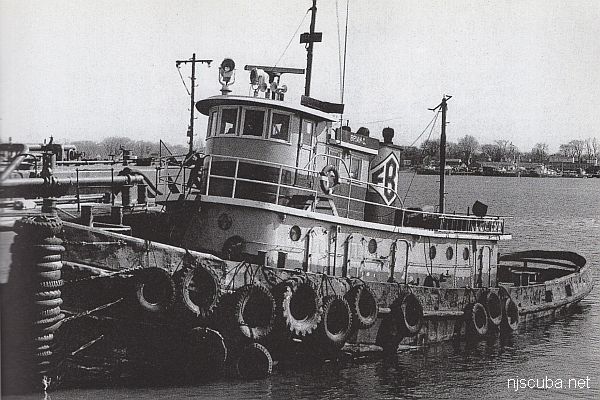Digital Cameras

Digital camera technology is progressing at a phenomenal rate. Much like computers, prices steadily fall, while features and performance improve. When setting up an underwater digital photography system, first make sure you have the very best and latest top-of-the-line digital camera available. Don't buy a housing for a camera that is already old, or you will find yourself stuck with an expensive combination that is already obsolete, or very soon will be. Get a new camera first, then get a housing for it.

Underwater, digital cameras have a number of advantages over film cameras. Probably the greatest is that you can see the picture you just took. While the preview screen on the back of the camera is small, it is enough to let you know if you got the shot, should try again, or not bother, and makes exposure bracketing much less necessary. You can learn more techniques in one dive with a digital camera than in a whole season with film.
Another advantage is that you can delete bad shots right away. This allows you to shoot many more shots per dive, and significantly raises your percentage of "keepers". Memory cards for digital cameras have become quite large and inexpensive, so that you can easily have 100 shots or more for every dive, compared to 24-36 for a film camera. The CCD sensor that is the heart of a digital camera also has better low-light capabilities than most film.

Most zoom lenses on digital cameras have excellent close-focus settings. Underwater, this gives them on-demand macro capabilities, unlike most conventional underwater cameras which require special lenses to be installed beforehand, and then used throughout the entire dive. The digital camera's LCD viewer makes macro composition easy so that with a single camera and lens you can shoot everything from tiny shrimps to humpback whales, all on the same dive!
Shutter lag used to be a problem with digital photography, but modern cameras are very nearly as fast as film. Most of the remaining lag is due to exposure calculation and autofocus - something that film cameras are just as prone to. Preset exposure and focus to get the best performance when necessary - just like a film camera.
Remember - the camera you don't have with you isn't going to take any pictures - good or bad!
There are 4 inter-related factors in digital camera design:
- resolution
- storage
- lens
- power
Skimp on any one of these, and the whole package suffers. Don't put too much weight on electronic features and do-dads ("extra buttons") - you probably won't ever use them anyway. Fortunately, digital cameras have improved tremendously, while dropping in price, and there is no need to skimp on anything anymore.
My recommendations ( 2016 ) would be:
- resolution - 8 MP or more
- video - HD
- storage - 32 GB or more
- lens
Modern cameras have excellent battery life. Try to avoid models that use proprietary batteries - generic rechargeables improve steadily every year. For very cold conditions, keep a set of disposable Lithium cells handy, and in an emergency, you can even use regular old alkalines from 7-11 or your flashlight.
Digital camera lenses are pretty generic nowadays. They are all in the range of 35-140 mm ( 35mm equivalent. ) For underwater use, wider is better, but the choices are limited, as the manufacturers find it easier to build and market long zooms instead. More important, look for a 'fast' lens - one with a large aperture - f/2.0 or better.
Final Thoughts
For some excellent reviews and background information on digital cameras, take a look at Steve's DigiCams and Digital Photography Review. These guys pull no punches; printed magazines are far less useful. If none of this makes sense to you, here is an excellent glossary of digital camera terms.
Once you make up your mind what to buy, the best place to buy a digital camera ( and a lot of other things ) is B&H in New York City ( mail order ). Ikelite products are available through most dive shops, and also B&H and LeisurePro ( ask - many things are not in the catalogs ). Their prices may not be absolute rock-bottom in the entire country, but unlike many mail-order discount houses, neither of these vendors will screw you.

